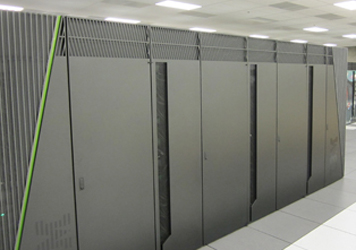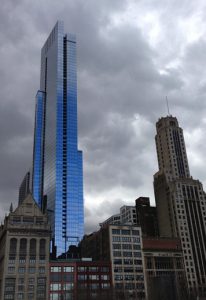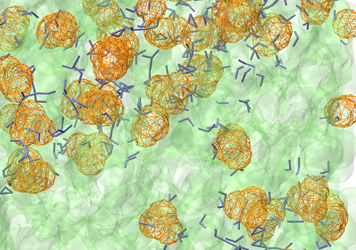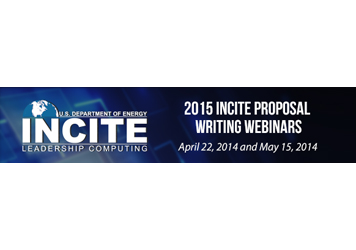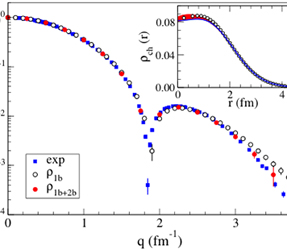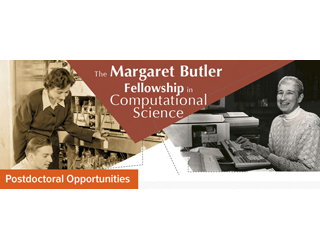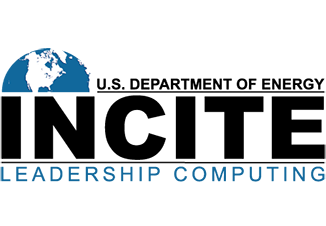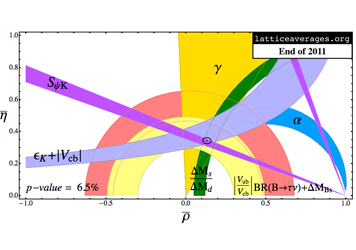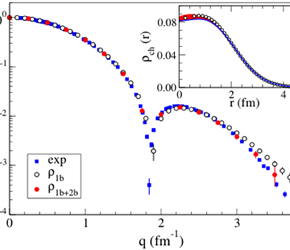 A team of scientists has, for the first time, calculated several fundamental properties of the carbon-12 nucleus using one of the world’s fastest supercomputers, setting the stage for more reliable neutrino detector calibrations and better supernovae explosion simulations.
A team of scientists has, for the first time, calculated several fundamental properties of the carbon-12 nucleus using one of the world’s fastest supercomputers, setting the stage for more reliable neutrino detector calibrations and better supernovae explosion simulations.
The work, published last summer in Physical Review Letters, involved researchers from Argonne, Los Alamos, and Jefferson national laboratories, Middle Tennessee State University, and Old Dominion University. The team, led by Argonne Senior Physicist Steven Pieper, was one of 16 that were granted early access to Mira last year, and used their core-hour allocation to prepare the Green’s function Monte Carlo (GFMC) code for the new machine’s scale and architecture in order to run the carbon-12 simulations.
In the past 15 years, researchers have developed the GFMC algorithm as a powerful and accurate method for computing properties of light nuclei. Understanding the many-body interactions within the nucleus is critical to a real understanding of the physics of nucleonic matter. Electron scattering experiments in the quasi-elastic regime, where the dominant process is knocking a single nucleon out of the nucleus, are underway at Jefferson Lab for a range of nuclei. Using Mira, the team has included new, complex interactions within the nucleus and predicted the results of a Jefferson Lab experiment, bringing theoretical prediction closer to experimental data in the high-momentum transfer tail. Read more about the work here.
 Mira’s testing and development system, a Blue Gene/Q called Cetus, has grown to 4 racks to allow users to debug their project code at an even larger scale before moving to Mira.
Mira’s testing and development system, a Blue Gene/Q called Cetus, has grown to 4 racks to allow users to debug their project code at an even larger scale before moving to Mira.